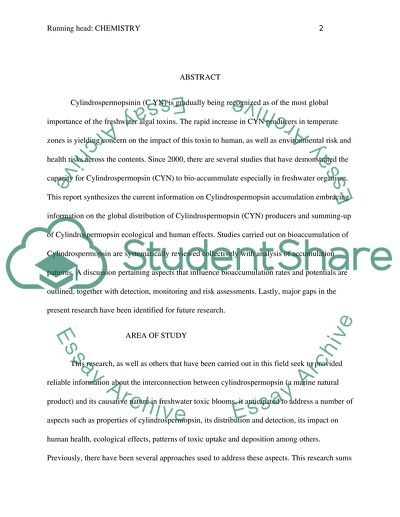Cite this document
(“Synthetic studies towards the marine natural product Literature review”, n.d.)
Retrieved from https://studentshare.org/chemistry/1435996-synthetic-studies-towards-the-marine-natural
Retrieved from https://studentshare.org/chemistry/1435996-synthetic-studies-towards-the-marine-natural
(Synthetic Studies towards the Marine Natural Product Literature Review)
https://studentshare.org/chemistry/1435996-synthetic-studies-towards-the-marine-natural.
https://studentshare.org/chemistry/1435996-synthetic-studies-towards-the-marine-natural.
“Synthetic Studies towards the Marine Natural Product Literature Review”, n.d. https://studentshare.org/chemistry/1435996-synthetic-studies-towards-the-marine-natural.


